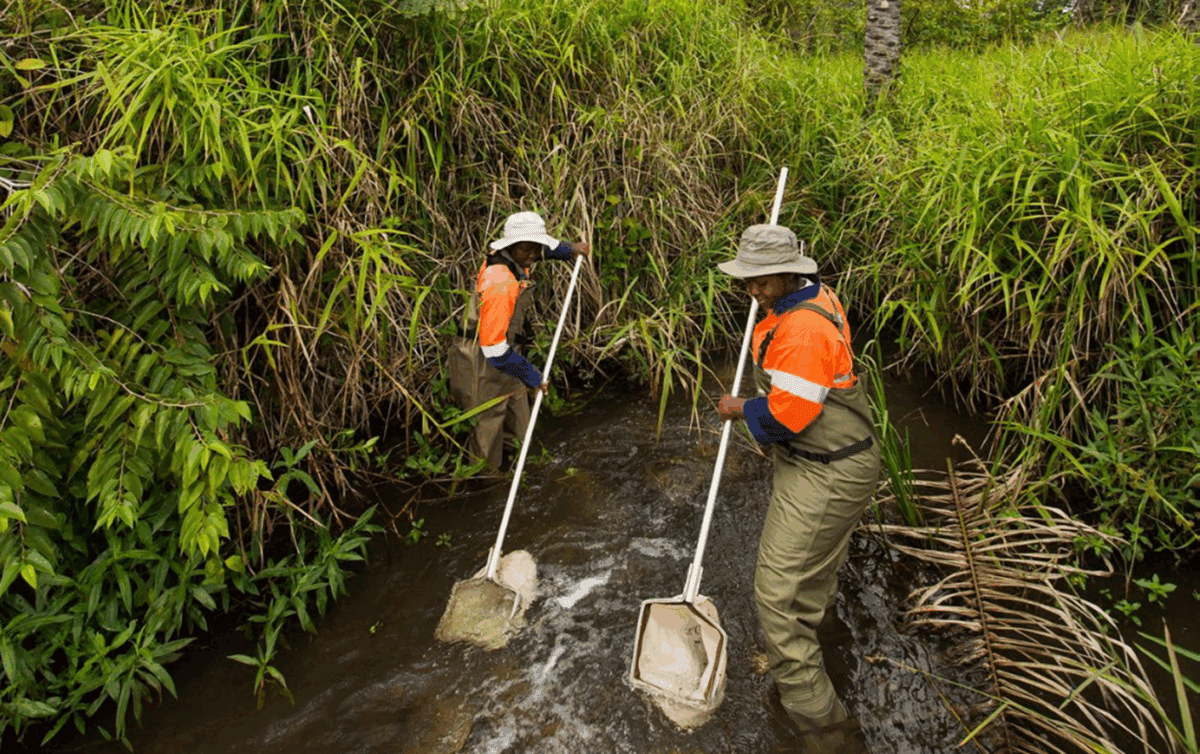Loading News Article...
We're loading the full news article for you. This includes the article content, images, author information, and related articles.
We're loading the full news article for you. This includes the article content, images, author information, and related articles.
Kenya is strategically positioning itself as a key player in the global critical minerals sector, but concerns are rising about the potential environmental impact of increased mining activities and the need for robust regulatory frameworks to ensure sustainable development.

Kenya is actively pursuing its role in the global green energy transition, a move underscored by its rich deposits of critical minerals essential for clean energy technologies. However, this ambition is prompting a crucial discussion on balancing economic growth from mining with the imperative of environmental protection. The nation's commitment to sustainable development is enshrined in its Constitution and various environmental laws, yet the rapid expansion of the mining sector presents new challenges.
The Kenyan government has classified several minerals, including copper, lithium, nickel, cobalt, and rare earth elements, as strategic due to their importance in the global drive towards green energy. This classification follows a partial lifting of a 2019 moratorium on mining licenses in October 2023, which now allows for the processing of licenses for construction and industrial minerals, while strategic minerals are handled on a case-by-case basis. This move aims to attract both domestic and foreign investment into a sector that has historically faced stagnation.
Kenya's mining sector has long been considered to have vast, untapped potential. Despite known deposits of various minerals, its contribution to the Gross Domestic Product (GDP) has remained modest, at approximately 1%. The 2016 Mining and Minerals Policy aimed to address existing gaps and align the sector with Kenya Vision 2030, which envisions mining as a key driver of socio-economic development. A nationwide airborne survey completed in 2023 identified 970 mineral anomalies, further highlighting the country's mineral wealth.
Kenya has a robust legal and policy framework for environmental preservation, including Article 42 of the Constitution, which guarantees the right to a clean and healthy environment. The Environmental Management and Coordination Act (EMCA) of 1999 provides the legal and institutional framework for environmental management. In December 2024, Kenya enacted seven new environmental regulations under EMCA and the Sustainable Waste Management Act, imposing stricter compliance requirements on businesses, including enhanced environmental management systems and mandatory reporting. Investors are required to obtain an environmental license after a successful Environmental Impact Assessment (EIA).
While the government, through the Cabinet Secretary for Mining, Blue Economy, and Maritime Affairs, Hassan Ali Joho, has expressed commitment to attracting investors and ensuring local communities benefit from mineral exploitation, the sector has historically struggled with investor protection and regulatory uncertainties. Issues such as arbitrary license cancellations, overlapping licenses, and a framework that prioritises control over long-term growth have deterred genuine investment. Community engagement remains a critical consideration, with past projects failing due to a lack of local buy-in.
The push for critical mineral extraction carries inherent environmental risks, including land degradation, water pollution, and habitat destruction. Inadequate infrastructure, such as poor transportation networks and unreliable power supply, also poses significant challenges to large-scale mining operations. Furthermore, regulatory complexities and market volatility can impact project viability and investor confidence. The government's mandatory 10% equity stake in mining licensees and the requirement for parliamentary ratification of mineral agreements are also key considerations for investors.
Despite the government's efforts to streamline licensing through an online cadaster system, the effectiveness of these reforms in addressing long-standing issues of investor protection and regulatory clarity remains to be seen. The balance between attracting foreign investment and ensuring equitable benefit-sharing with local communities, particularly for strategic minerals, continues to be a point of focus. The National Mining Corporation (NMC) plays a pivotal role in overseeing strategic mineral extraction, either independently or in partnership, and any dealings without its involvement are punishable by law.
Kenya aims to achieve 100% renewable energy by 2030 and expand its energy grid capacity significantly by 2040. The development of a Mineral Value Addition and Processing Policy is underway to guide sustainable exploitation. Ongoing ground truthing and confirmatory fieldwork are validating the results of the National Airborne Geophysical Survey.
Observers will be keenly watching how the Kenyan government implements its new environmental regulations and the Mineral Value Addition and Processing Policy. The success of attracting significant, sustainable investment in critical minerals will depend on transparent and predictable regulatory frameworks, robust community engagement strategies, and effective environmental safeguards. The role of the National Mining Corporation in strategic mineral projects will also be a key area to monitor. International partnerships, such as those being explored with the US for critical mineral value chains, could further shape the sector's trajectory.